By Rick VanSickle
In this Niagara Wine Report, we focus on a strong Vintages release on Saturday that features some of the top names in Niagara Pinot Noir as well as stellar Chardonnay and a highly rated Riesling.
The Pinots we can recommend are produced by Westcott, Domaine Queylus and Le Clos Jordanne, while the Bachelder Estate Bench Chardonnay, much awarded Nadja’s Vineyard Riesling, and a Cabernet from Sue-Ann Staff are also highlights of the release.
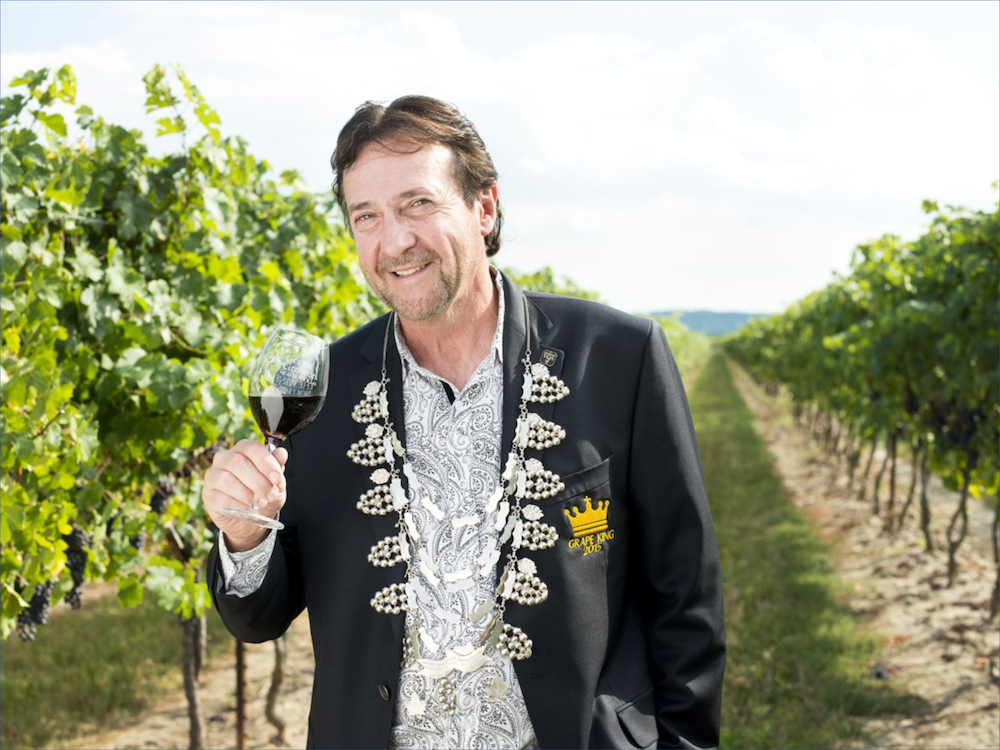
But first, in his own words, Jamie Slingerland, the director of viniculture at Pillitteri Estates Winery and a staunch voice for grapes grown in Niagara-on-the-Lake, discusses in detail the 2022 harvest with an emphasis on the icewine.
Historically over the last five years
The bulk of the Ontario wine grape crop, 70%, is grown in NOTL with 95% of the crop grown in Niagara. Typically, NOTL has warmer winters by a few degrees than all other grape growing areas in Ontario. NOTL also has higher Growing Degree Days (GDD) than most other grape growing areas in Ontario other than the Lake Erie North Shore (LENS). Vines and fruit buds must survive the winters to benefit from the GDD and that’s why LENS is not a consistent cropping area. And thus, the reason NOTL is the best place to grow grapes in Ontario.
Regarding main varieties produced in Ontario
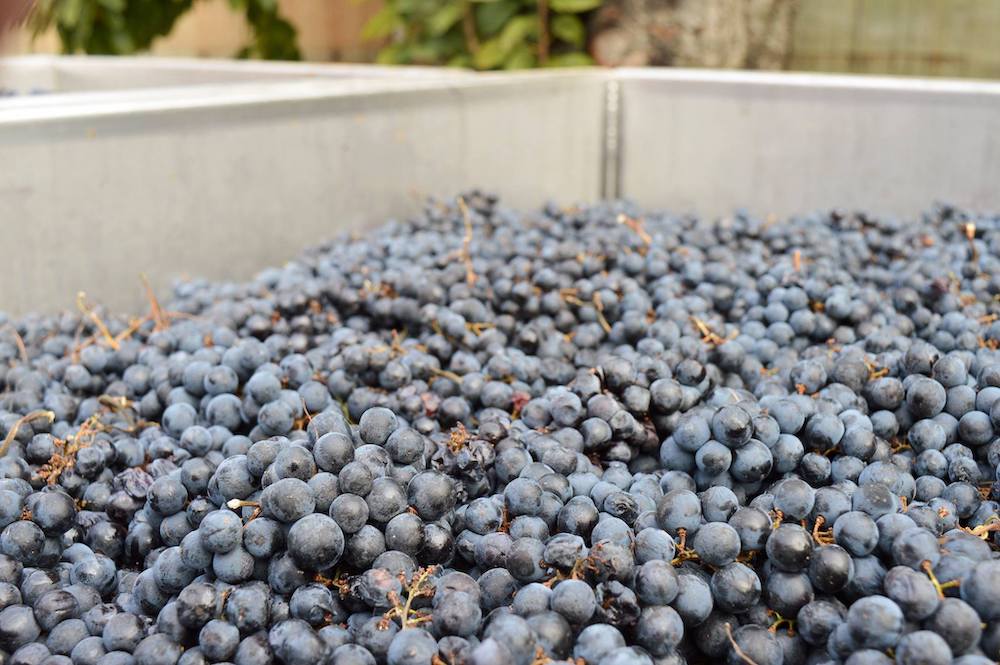
The leading vinifera whites produced in Ontario that are usually neck and neck are Chardonnay and Riesling followed at about half those tonnages by Pinot Gris. The leading vinifera reds produced in Ontario that are neck and neck are Cabernet Franc and Merlot followed at about half those tonnages by Cabernet Sauvignon and next Pinot Noir. Vidal makes up 95% of the white French hybrids and Baco 80% of the red French hybrids.
The five-year average crop is 77,000 tonnes. With a high of 87,500 and a low of 64,700 tonnes. The 2022 crop was 50% of the average.
Growers leave more fruit buds than needed and shoot thin/cluster thin in the growing season to reduce crop to balance the vine.
Fruit bud survival determines crop volumes. 80% fruit bud survival means growers have a lot of fruit removal to do. Over 65% of fruit bud survival can still be a full crop, other than the poor growth areas and pockets but growers need to shoot thin and cluster removal less. In 2022, growers did almost no fruit removal as the bud survival rate fell below 50%.
Grape vines, if cropped heavy, tend to have fruit buds that have a lower winter hardiness. If the vine has a lighter crop, then the fruit buds have a slightly higher winter hardiness. Thus, one reason why crop volumes fluctuate if all other factors are equal. Vineyard renewals are constantly reflecting with varietal demand, red blotch/leaf curl and winter damage. An example of vineyard renewal is the reduction of Cabernet Franc tonnages for the last 3-4 years, the variety most affected by red blotch. Cabernet Franc vineyard replanting returns as the dominant red vinifera in almost every year to come as virus free plants are being planted.
2022 crop vine stress
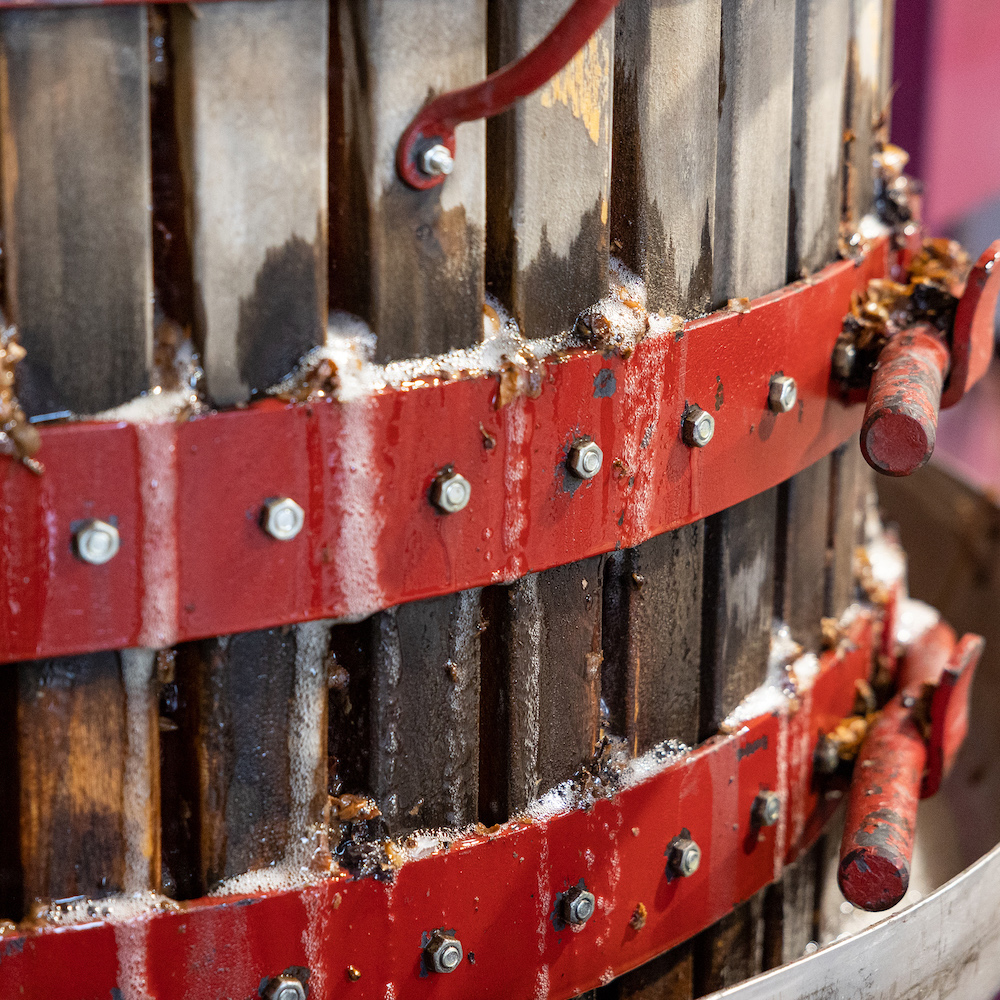
The wet fall of 2021 resulted in a much larger crop, and coupled with the vines’ “wet feet,” it stressed the vines, lowering winter cold tolerance for the vine and fruit buds in 2022. Adding to that was the mid-fall significant cold snap of -8 C reducing the hardening off process for the vines and further reducing winter hardiness. It was the perfect storm when Niagara (and PEC) experienced a colder than average January with low temps in mid-January which caused most of the damage. LENS, on the other hand, experienced a normal crop in 2022 because, for one of the first times, it had a milder winter than Niagara.
In the spring of 2022, the damage appeared with significant fruit bud loss and vine loss in all varieties. Low spots and poor drainage were hit the worst. All varieties experienced fruit bud and vine loss and the four most damaged varieties were Pinot Gris, Merlot, Pinot Noir and Sauvignon Blanc resulting in some fields with complete crop loss and some with full vine block loss.
Moving into the 2022 season, growers were busy with trunk renewals and replanting. For these four varieties this will take 2-3 more years.
As for the 2022 season, the soil moisture levels were high and that carried over for vines to draw from for the drier spring. April was cool but the soil warmed quickly in May for the vines to begin growth and catch up. Summer was ideal with warm/dry weather for grape growing and late summer rainfall just in time for most grape varieties to reduce risk of stress. The fall was relatively dry and warm allowing most varieties to mature nicely.
About the icewine harvest
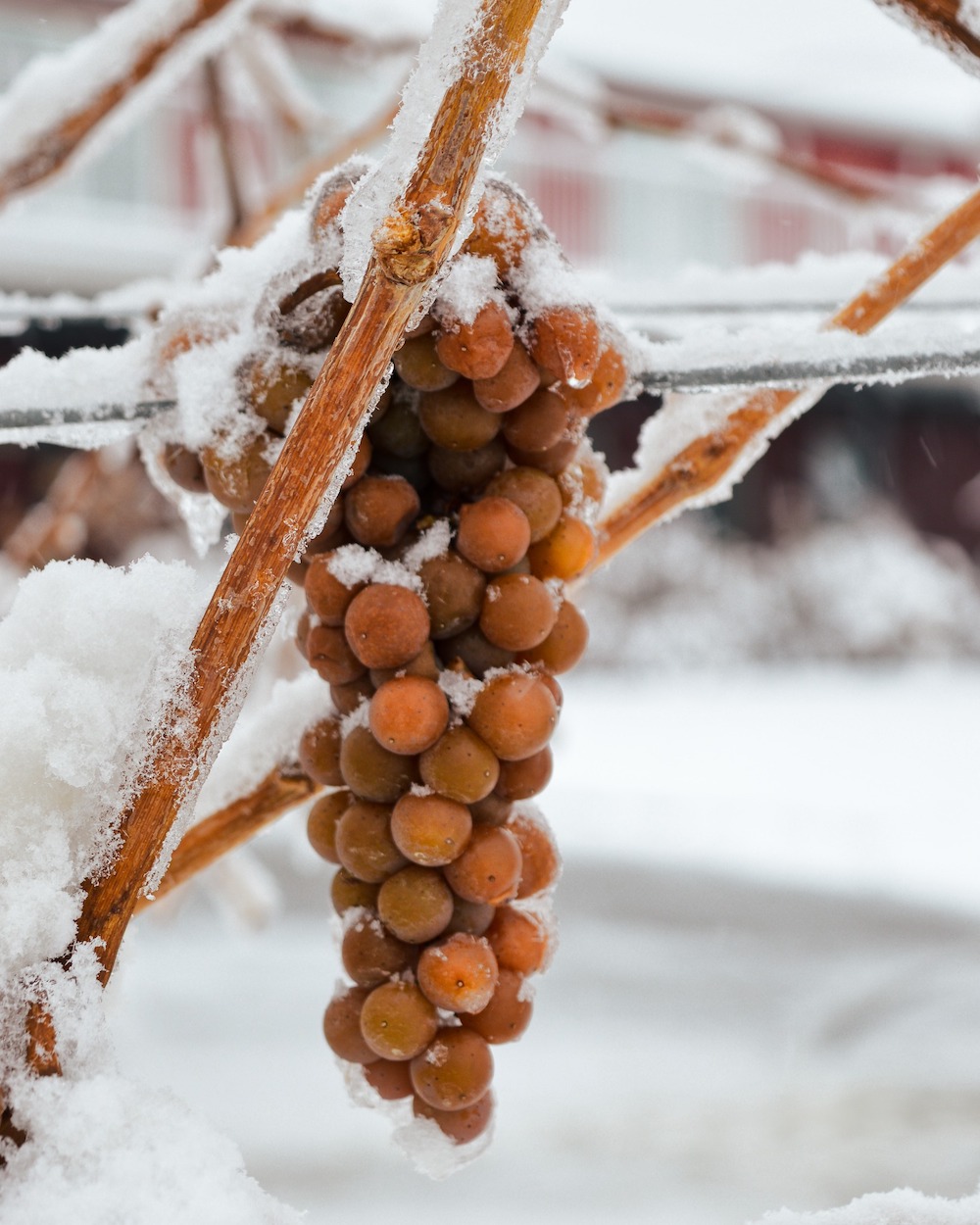
As for icewine, due to the short crop of 2022, and the lack of international tourism, the production of icewine from the 2022 crop was the lowest in years. Climate change was not the reason for the dramatic change from pre-pandemic volumes; market demand and the short crop were. Export demands declined by about 20% but was still strong for major icewine exporters like us (Pillitteri).
Most years, major icewine producers, to harvest their crop, need three or four windows of 12-16+ hour periods per winter. Most growers for this vintage, due to the low crop, needed only one 12-16-hour period. It was difficult to find more than a few hours at a time to harvest with Dec. 23 being the first eight-hour window of cold. There were a few short, couple of hour windows of cold after that until when the final cold of 16 hours occurred the first of February. The later harvest in February also reduced that portion of the crop due to dehydration and birds.
Agri-tourism drives VQA sales
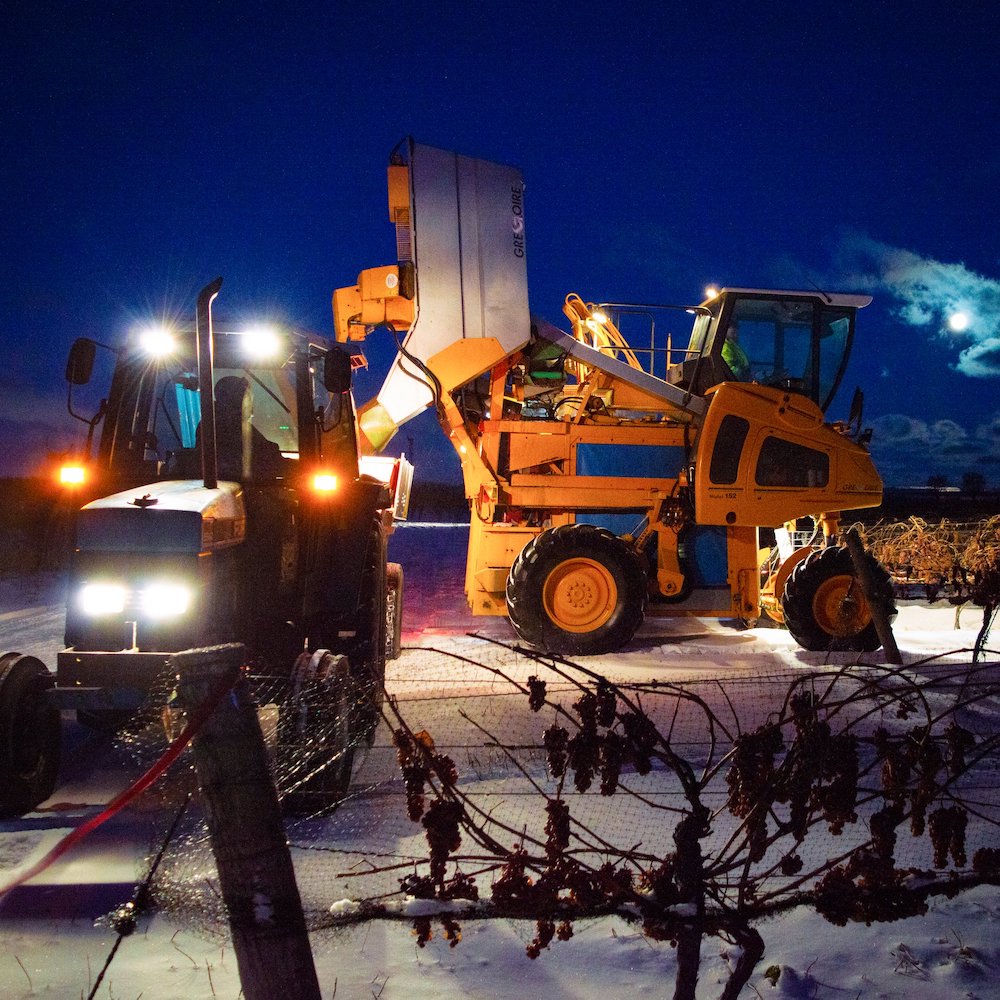
In Ontario, agri-tourism, at wineries is the driving force for sales of VQA wine. Almost 50% of all VQA wine is sold at winery retail stores (WRS). For icewine that number is closer to 85%. The driving force for most of those icewine sales is Asian agri-tourism. With the zero COVID policy in all of Asia during the entire COVID pandemic, there was almost no Asian origin visitors buying icewine at WRS. With the removal of the zero COVID policy it is expected that Asian tourism will rebound gradually in 2023. Export orders are already increasing in demand, which is positive, and the 2023 Vidal crop should return to normal or higher volumes with good wood growth. All that should result in a near pre-pandemic production level of icewine for 2023 vintage.
Growers are genuinely optimistic people and always look forward to the next year being better than the last.
For the vines that were renewed and/or cropped in 2022, the wood going into dormancy in the fall of 2022 looked excellent.
With the 2022-23 winter being mostly mild at this point I would forecast that “those vines that survived 2021 damage” will have a full crop in 2023 but the overall crop will likely be less than the five-year average if weather conditions are good for the rest of 2023. The 2023 crop is a long way away off and there are many hurdles yet to overcome.
Beginning in 2020 (and a growing concern for 2023) is the threat of the invasive pest “spotted lantern fly.” It is not an if, it is a when, it will arrive. Canadian/Ontario researchers are working in collaboration with the affected U.S. states to mitigate the potential impact on the Ontario crop when this species of pest arrives.
Bumper crop of Niagara wines
coming to Vintages stores Saturday
Niagara Pinot Noirs, some top examples, are more than worth your attention at Saturday’s Vintages release throughout Ontario. But don’t sleep on the Bachelder Bench Chardonnay, Flat Rock Cellar’s Nadja’s Vineyard Riesling, or Sue-Ann Staff’s The Gritstone Cabernet. This is a release not to be missed.
Here’s what we recommend:
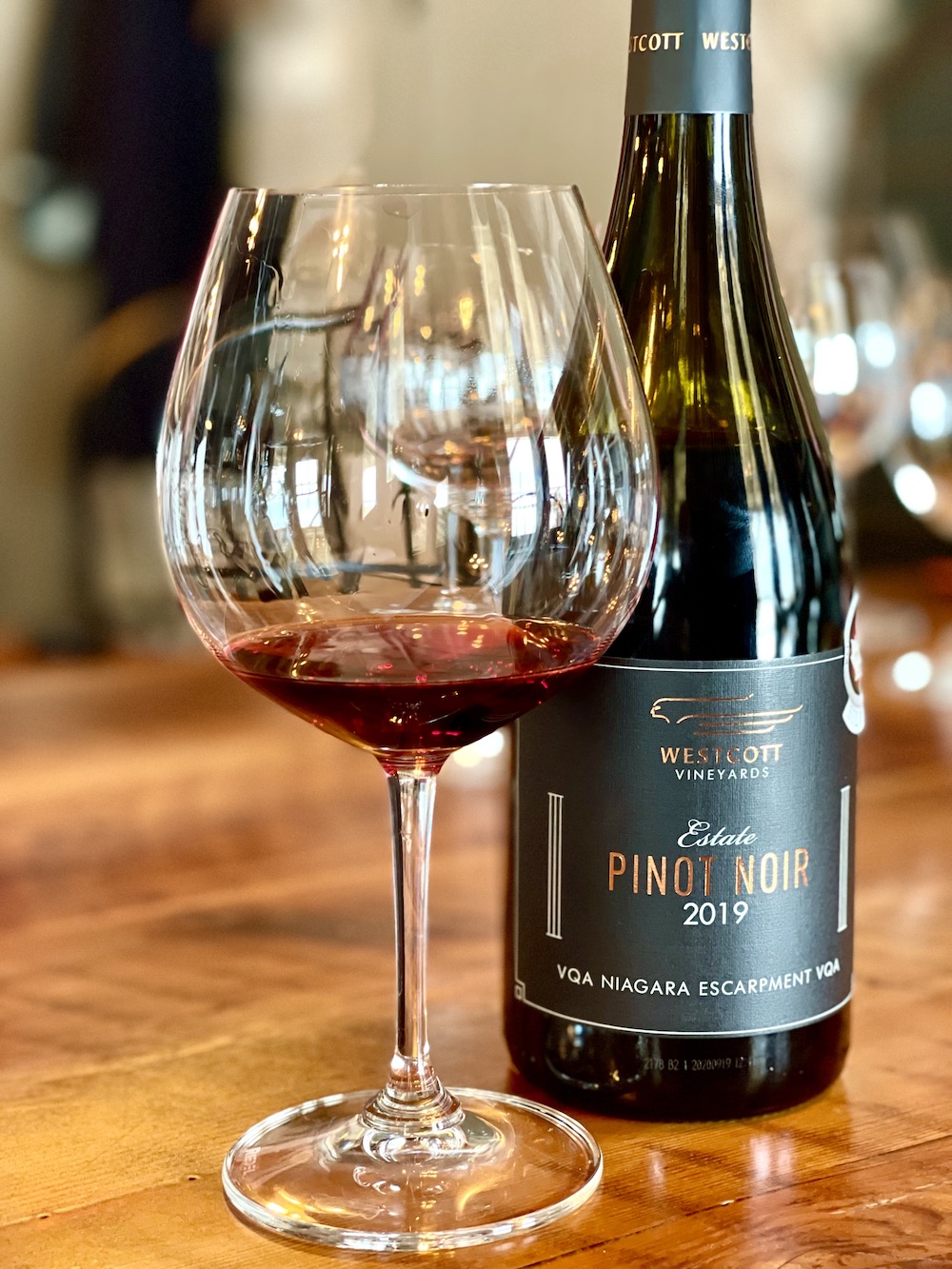
Westcott Pinot Noir Estate 2019 ($32, new review, 92 points) — I only recently tasted this at the estate with Westcott owners Carolyn Hurst and Grant Westcott, along with winemaker Casey Kulczyk. One of the many things this estate has accomplished in its 10 years of operation is being able to hold their wines in bottle so consumers can feel confident in drinking upon release. Watch for a full report on Wescott soon on Wines In Niagara. The 2019 estate Pinot, a blend of the estate’s Westcott Home Farm vineyard and Butlers’ Grant, is 30% whole cluster fermented with wild malolactic fermentation. It was fermented in 100% French oak, of which 20% was new, and aged for 22 months. Such a gorgeous nose of pretty red berries, black raspberries, seductive Pinot perfume notes and perfectly integrated spice notes. It’s nicely integrated and balanced with bright red berries, anise, fine tannins, some structure, a pinch of spice, subtle earthy/savoury notes, and a bright, finessed finish. Very nice Pinot that represents the house style. Can still cellar 5+ years.
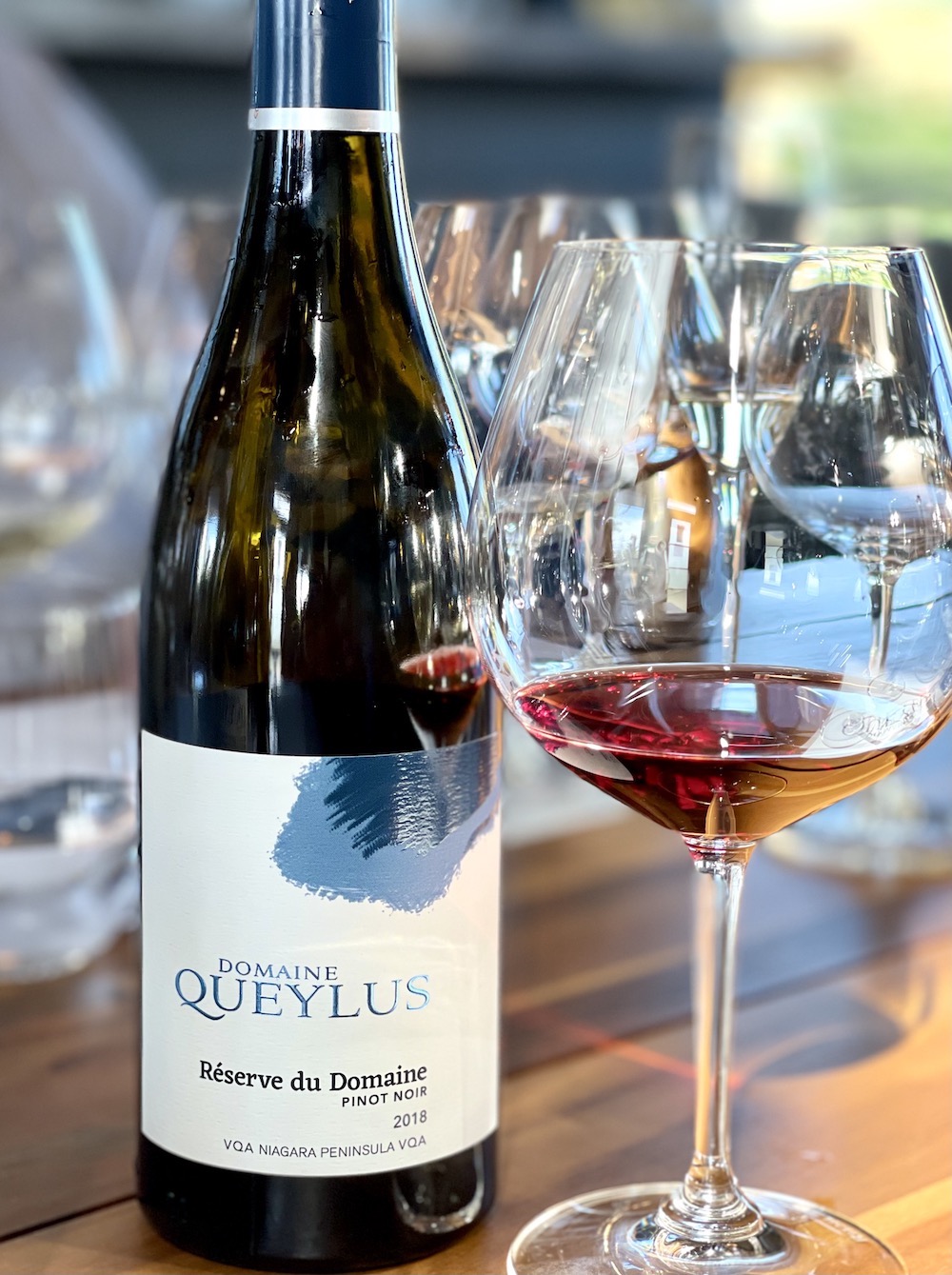
Domaine Queylus Réserve du Domaine Pinot Noir 2018 ($50, flagship stores and online only, 93 points) — A much prettier nose than the Tradition tier with a floral/violet opening note followed by wild red berries, goût de terroir and integrated spice notes from aging in 21% new oak for 18 months. It has luxurious texture on the palate with smooth tannins, savoury red berries, a touch of anise, fine oak spices, and freshness on the long finish. Can cellar 5+ years.

Le Clos Jordanne Le Grand Clos Pinot Noir 2020 ($50, 93 points) — Compared to the Claystone bottling, this shows more elegance and less muscular qualities with a more delicate, perfumed nose of wild red berries, rose petals, mulberries, seamless spice notes and subtle earthiness. The black raspberries, dark cherries, mulberries, and rhubarb fruit are bolstered by fine grained tannins on the palate providing an elegant structure, integrated woodsy/spicy notes with a long, finessed finish. This should cellar for 6+ years.
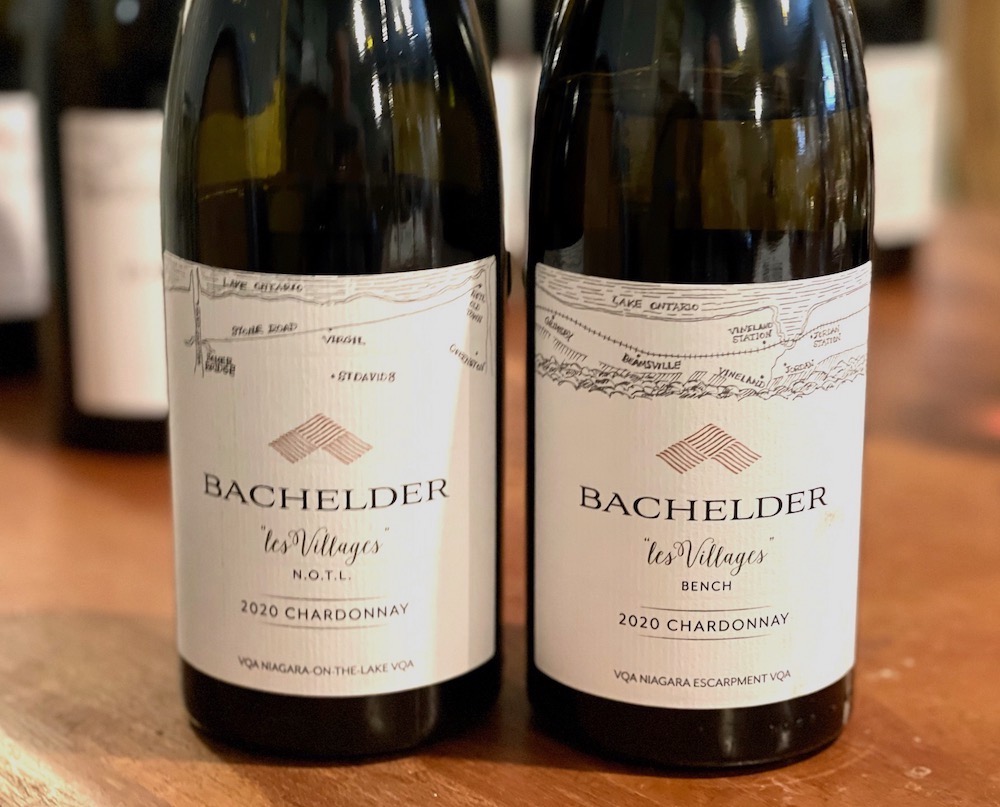
Bachelder Les Villages Bench Chardonnay 2020 ($35, 92 points) — You can decide for yourself, but Thomas Bachelder begs the question: “How does one recognize a Chardo from the Bench? You can smell the seamless minerality in this wine peeking through the fruit before ever tasting a drop.” The fruit is sourced from parcels of Saunders, Wingfield Ouest and Est and Foxcroft Sud and Nord. There is more ripeness and concentration on the nose than in previous vintages, but it is tempered by beautiful salinity and crushed oyster shells to go with ripe pear, lemon blossoms, elegant oak, and yellow apples. It’s no doubt fleshy and plump on the palate with stone fruits, toasted creamy vanilla and spice, but there is some freshness from the acidity and saline minerality through the lifted finish. Cellar 3+ years.
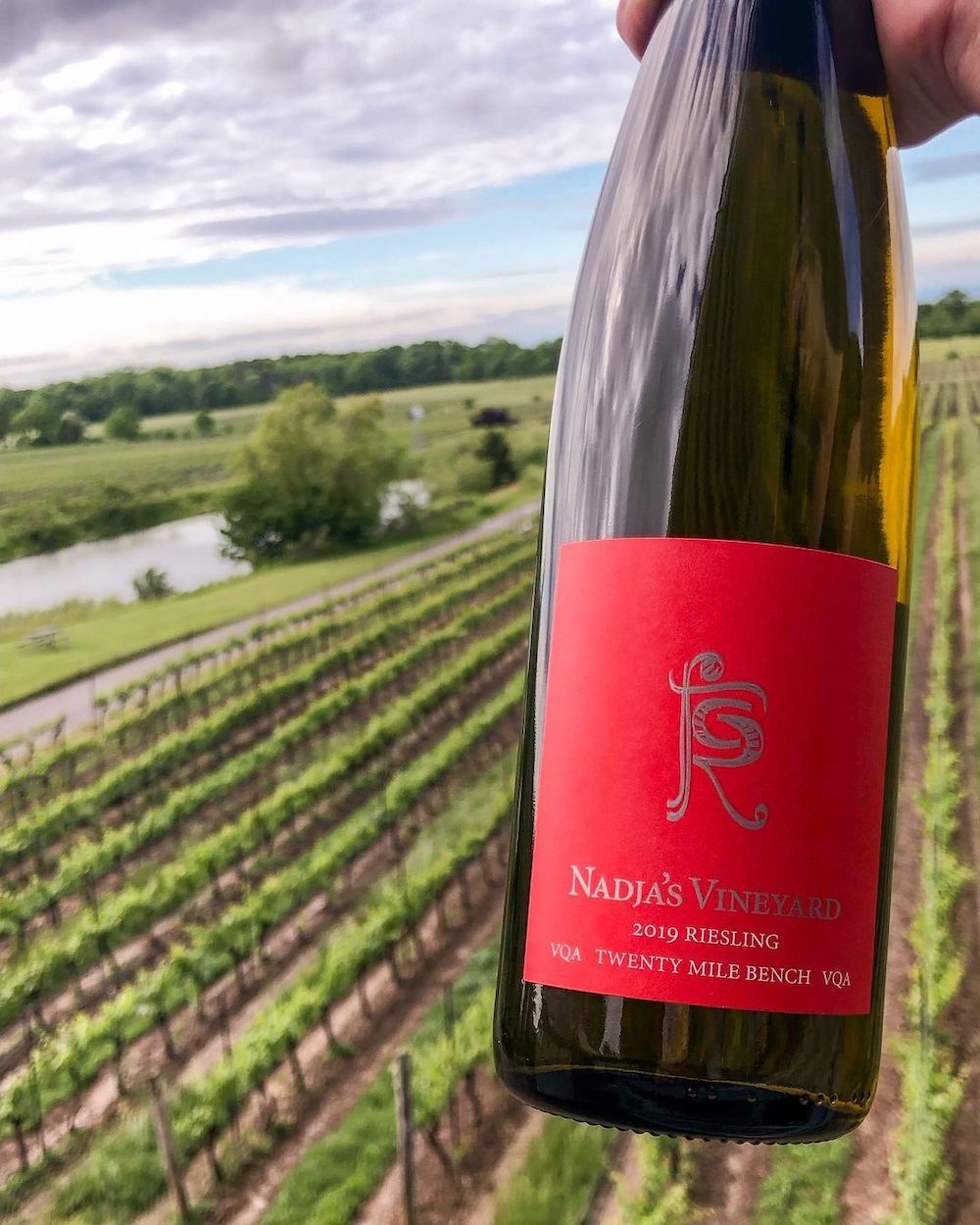
Flat Rock Nadja’s Vineyard Riesling 2019 ($37, 93 points) — The nose is intensely floral with limestone minerality, bright green apple, pear, melon, and a melange of citrus accents. While there is a modest 11 g/l of RS on the palate this feels perfectly dry thanks to the electric acidity. The first impression on the palate is the chalky vein of minerality with crisp stone fruits, lemon-lime notes, melon, and a mouth-watering finish. Lots of potential to cellar 10+ years. In fact, I tasted a 2009 Nadja’s in December and it was still going strong with a dynamic nose of grapefruit, lime, apple, subtle petrol notes and steely minerality that has plenty of life in it. A beauty of wine and quite an accomplishment for Flat Rock after this wine was named Best In Show and awarded 97 points at the Decanter World Wine Awards last year. The LCBO has the last 45 cases hitting the shelves Saturday.
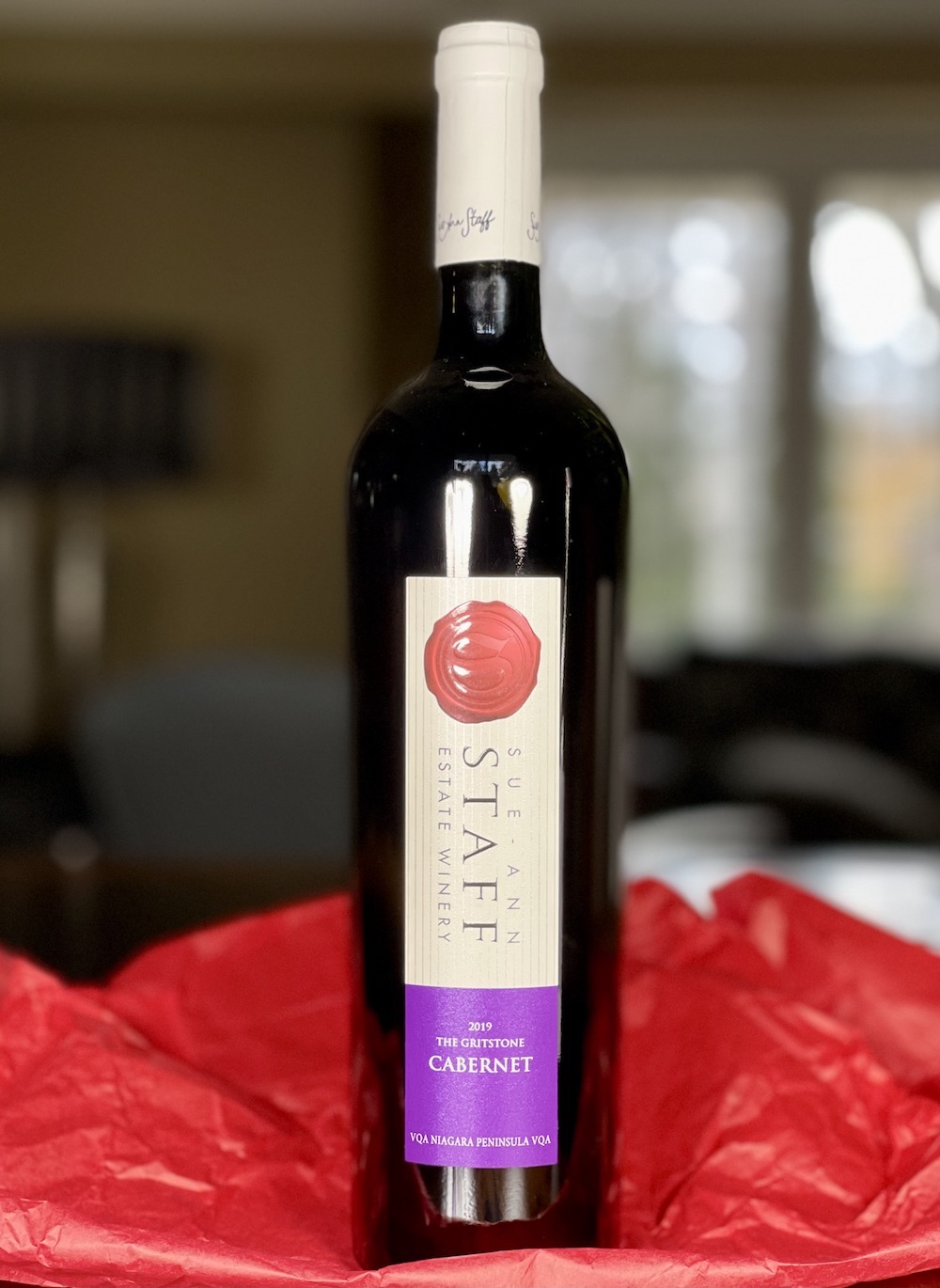
Sue-Ann Staff The Gritstone Cabernet 2019 ($35, 90 points) — This 100% Cabernet Franc, named after a unique one-piece gritstone used by Sue-Ann Staff’s ancestors to mill grain on the property. It’s barrel-aged for 20 months in a selection of American and European oak and has a bold and sassy nose of ripe cherry kirsch, blueberry pie, raspberry brambly, cedar and oak spice notes. It has grippy tannic structure on the palate and the fruits turn to darker berries of cassis, anise and blueberries with earthy notes, vanilla bean, and spice on a finessed finish. Can cellar for a few years for better integration or pair with red meats and enjoy now.
Also released, but not reviewed by Wines In Niagara:
• Marynissen Heritage Collection Charmed Sparkling 2020 ($20)
• Strewn Vidal Icewine 2016 ($25 for 200 mL)
• Featherstone Canadian Oak Chardonnay 2021 ($25)
• Nomad Sauvignon Blanc 2021 ($18)
• Flat Rock Red Twisted 2020 ($20)





Comment here